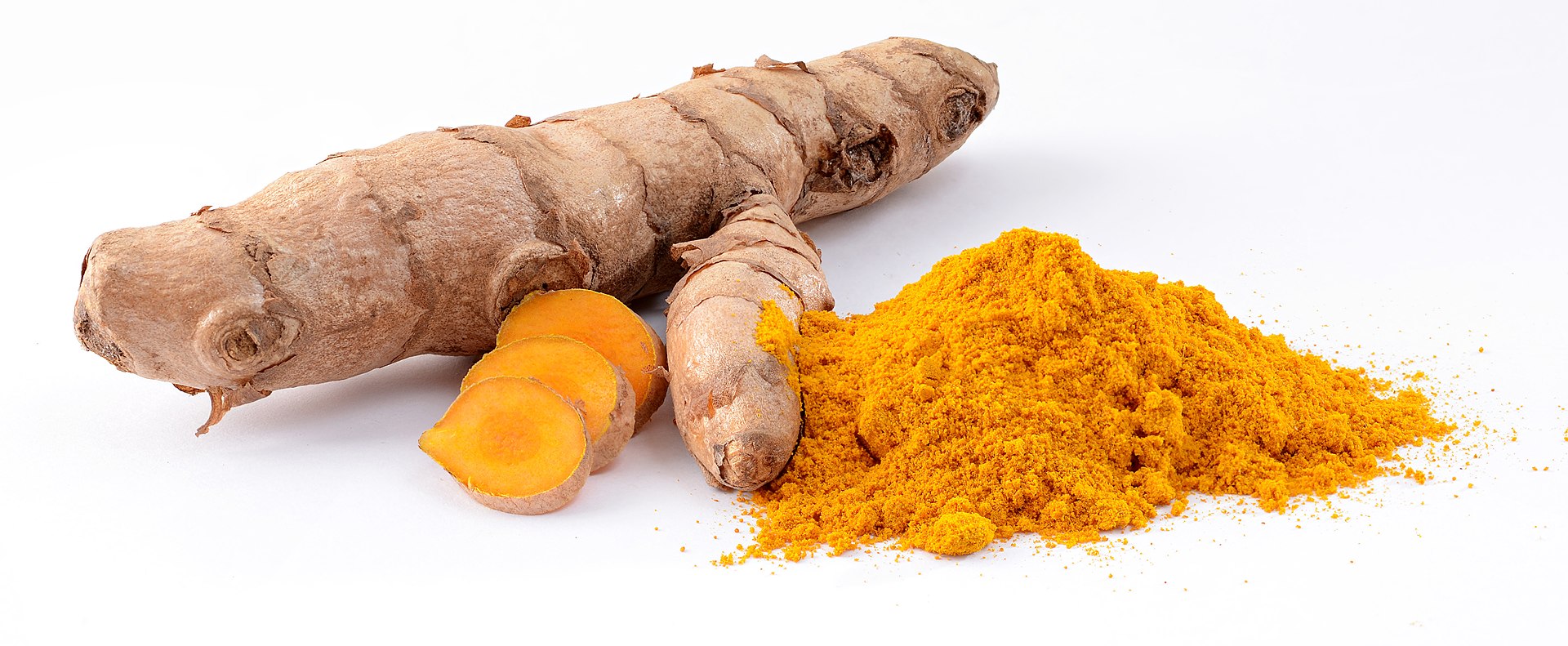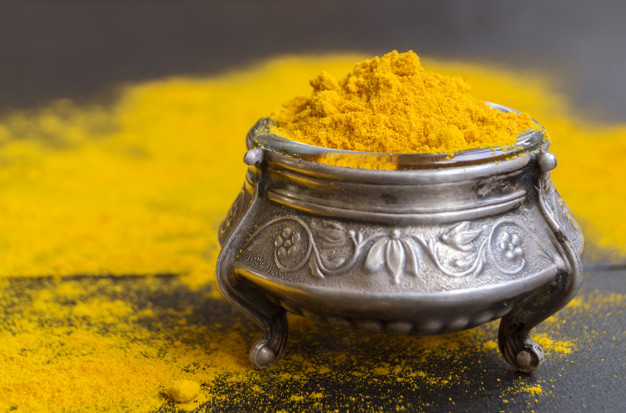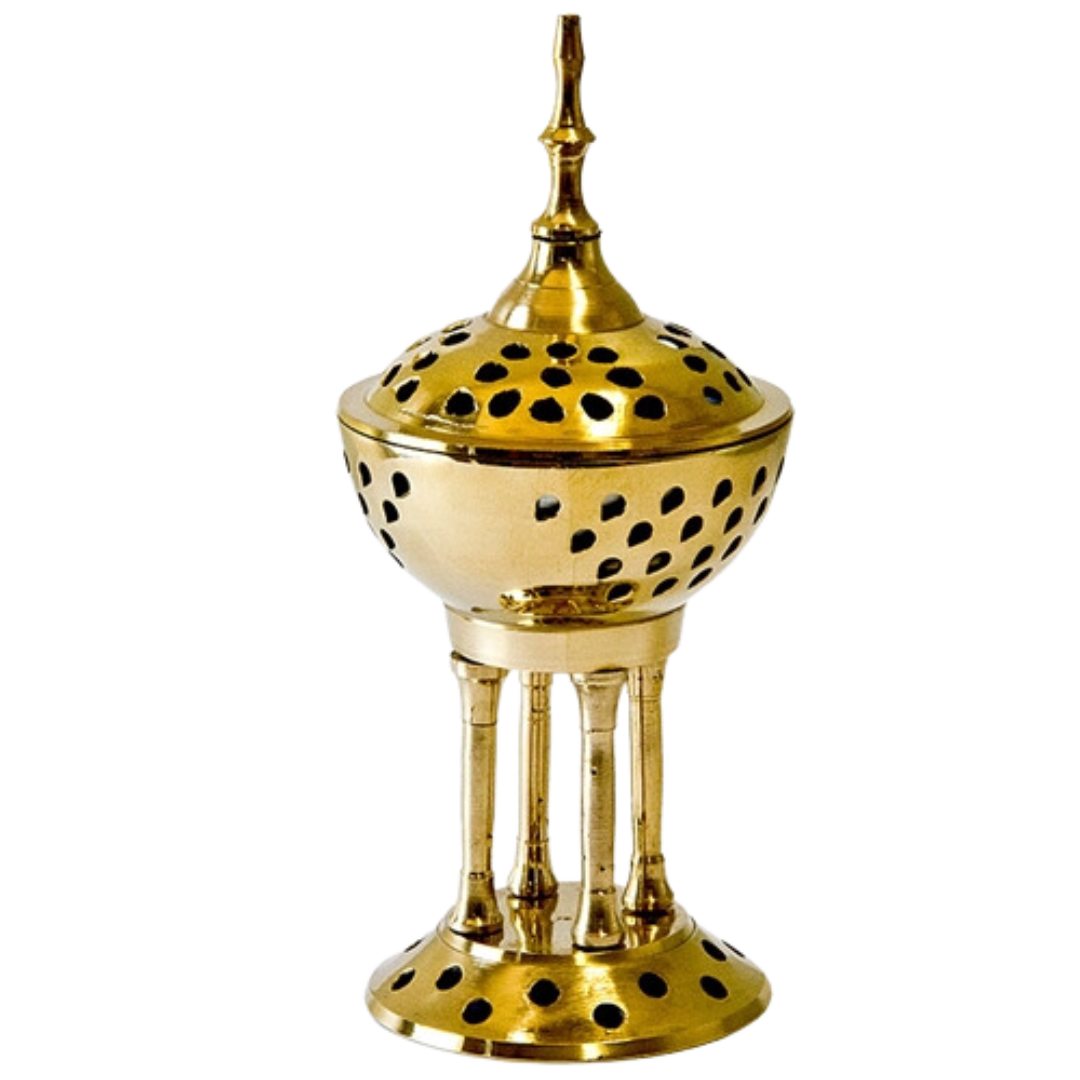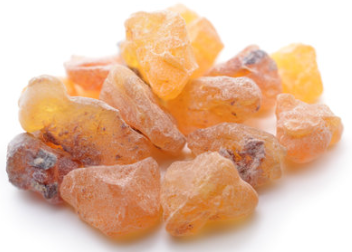Have you ever pondered the true nature of the gifts presented to the newborn King in the biblical account of the Nativity? The traditional trio of frankincense, myrrh, and gold holds a tale as old as time, but a stirring theory suggests a twist: could the “gold” brought by the Magi from the east have really been turmeric? Yes, turmeric. As in, the yellow spice in Indian food. This theory might seem a bit strange to you, especially if it's the first time you’ve ever heard it. But just how valid is this idea, and what are the reasons some people might believe the turmeric theory to be true? Here are 5 reasons that might just make you agree:
1. Turmeric was a much more valuable gift than gold.

In the ancient Middle East, the spice trade was the lifeblood of empires. Much of the economic prosperity of the time was fostered by the exchange of precious spices grown in the East. These spices were so luxurious and highly valued not only for being hard to come by and pleasant smelling, but for their practical culinary, preservative, ritualistic, and medicinal applications as well. Key spices such as black pepper, cinnamon, cardamom, ginger, and turmeric came to be used as a form of currency and were worth more than their weight in gold.
In comparison to the value of a spice like turmeric, both monetarily and practically, gold was a relatively worthless substance during the life of Jesus. If Mary and Joseph chose to sell their gifts, turmeric would have been of much better use haggling in the markets. If they chose to keep the gift, turmeric would have served as a useful healing medicine whearas gold would have only weighed them down on their flight to Egypt. If we are to say that the rich kings of the east spared no expense in selecting the most valuable and desirable gifts possible for the Son of God and Savior of humanity, its not insensible to assume that turmeric would have been the clear choice over gold.
2. Turmeric was called “gold” by ancient spice traders
This is one of the more convincing arguments given by proponents of the turmeric theory. In a world where the economy centered around the spice trade and cinnamon and turmeric were more precious than rubies or topaz, turmeric was often referred to as “Indian gold” and subsequently just “gold.” Considering the bright vibrant yellow color of the spice, its not a great mental leap to see how it picked up this nickname.
When you really consider just how much more coveted “Indian gold” was than gold the metal, you might really start to fall for the turmeric theory. If you lived during the first millenia and were told that a precious gift of “gold” was brought to worship the incarnation of God on earth, which gold would your mind jump to first? The more precious and fragrant one, or the cheaper cold metal? Unlike modern Christians doing their best to interpret the Bible 2000 years later, you might be more inclined to assume it was the spice.

3. Greek Linguistic Considerations
This single reason alone might seem like a bit of a stretch, but when considered alongside all the evidence supporting the idea as turmeric as gold, this minor linguistic detail makes it more plausible than ever. Furthermore, since many biblical scholars support the theory that the Gospel of Matthew was originally written in Aramaic and later translated to Greek, we may be missing certain linguistic nuances which were lost in translation and would have helped us to identify the true gold with much higher certainty. For example, the original Greek translator may not have known that gold and turmeric were often called the same name and translated too literally, or perhaps the Greek maintained this nuance but it was forgotten over the course of centuries of linguistic evolution.
In the original Greek text, the word for gold used is χρυσός (chrusos). While this word almost always refers to gold the metal, it can sometimes be very loosely linguistically interpreted to be in reference to anything golden. Considering that turmeric is one of the most vibrantly golden substances on earth, it would easily fall under this category.

4. One of these things is not like the other.
This single reason alone might seem like a bit of a stretch, but when considered alongside all the evidence supporting the idea as turmeric as gold, this minor linguistic detail makes it more plausible than ever. Furthermore, since many biblical scholars support the theory that the Gospel of Matthew was originally written in Aramaic and later translated to Greek, we may be missing certain linguistic nuances which were lost in translation and would have helped us to identify the true gold with much higher certainty. For example, the original Greek translator may not have known that gold and turmeric were often called the same name and translated too literally, or perhaps the Greek maintained this nuance but it was forgotten over the course of centuries of linguistic evolution.
Has gold ever felt like an out of place gift to you alongside two precious spices? Many people feel that this gift seems oddly in contrast with frankincense and myrrh, and that it would seem more apt to say that the Wise Men bore gifts of three fragrant spices. The first two are aromatic resins known for their medicinal and spiritual applications. The inclusion of a metal, despite its value, seems incongruous with the other two gifts' practical and symbolic uses. Turmeric, on the other hand, aligns perfectly with the healing qualities of frankincense and myrrh.
5. Frankincense, myrrh, and turmeric form a synergistic trinity
Frankincense and myrrh are well known medicines of the Bible, valued for their potent anti-inflammatory, analgesic, skin healing, and immune supporting properties. Meanwhile, modern science is revealing turmeric to be one of the most powerful and beneficial natural medicines in existence. Turmeric has been shown to be a powerful antioxidant with both anti inflammatory and anticancer properties which may be beneficial in the treatment of a great variety of diseases.*
While each frankincense, myrrh, and turmeric oil offers a variety of healing properties, it is only when they are blended together that the full spectrum of their benefits are unlocked. Together, these three oils form a synergistic trinity to support physical, emotional, and spiritual well-being. This synergy underscores the theory that the Wise Men's gifts were carefully chosen for the way way in which they interact with both each other and the human body on a fundamental chemical level. The symbolic repercussions of accepting this theory would be immense. Could the true symbolism of the gifts of the Magi be representative of the Magi’s recognition of the three persons of God and the nature of the Trinity? While you may not accept the turmeric theory as 100% fact, it is still well worth examining the hypothetical symbolism of the Nativity from this angle, if only as a mental exercise.
As intriguing as the turmeric theory is, it's important to tread lightly on the grounds of historical reinterpretation. Traditional interpretations and scholarly consensus still lean heavily towards the understanding of "gold" as the precious metal, a symbol of kingship and divinity, deeply ingrained in the narrative fabric of the Scriptures. The leap from metal to spice, while imaginative and not without its merits, departs from the established symbolism recognized by most biblical scholars.

That said, the possibility that turmeric could have been one of the esteemed gifts is still entirely plausible. Even if you think it highly unlikely, this conversation is a fun way of underscoring the beauty of historical speculation—it invites dialogue, opens new avenues of inquiry, and enriches our appreciation for the complex tapestry of our shared heritage. Whether the Magi's gift was the lustrous metal or the "golden" spice, the essence of the offering remains unchanged: a gesture of profound respect, hope, and recognition of the divine.
In embracing the multifaceted interpretations of ancient texts, we allow ourselves the freedom to explore the depths of our ancestors' wisdom and experiences. While the turmeric theory may not replace your traditional view on the matter, it certainly adds a flavorful dimension to our understanding of biblical times.



